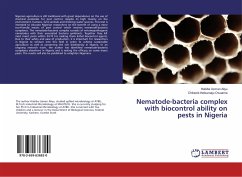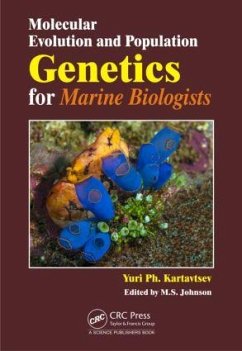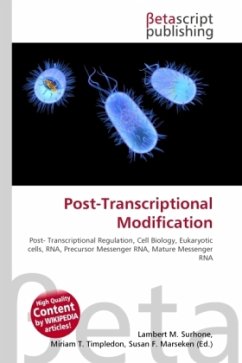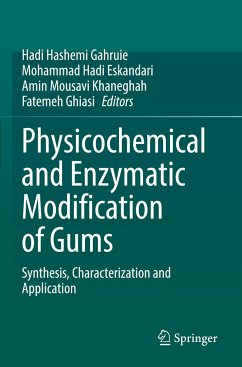
Induced mutations and genes modification in insect pests management
mediated by CRISPR/Cas9 technology, biosafety concerns and prospects
Versandkostenfrei!
Versandfertig in 6-10 Tagen
27,99 €
inkl. MwSt.

PAYBACK Punkte
14 °P sammeln!
The rapid development of genomic engineering based on CRISPR has produced more specific application methods including CRISPRi (CRISPR interference) (Gilbert et al., 2013) and CRISPRa (CRISPR activation) (Gilbert et al., 2014), where biologists have been using other tools for some time now, such as TALENS and ZFNS, to edit the insect genomes (Ma et al., 2012; Sajwan et al., 2013; Watanabe et al., 2012). Since this has been going on for years or even decades, the use of CRISPR/Cas technology may not create any new biosafety and ecological issues in the context of genomic editing. However, there ...
The rapid development of genomic engineering based on CRISPR has produced more specific application methods including CRISPRi (CRISPR interference) (Gilbert et al., 2013) and CRISPRa (CRISPR activation) (Gilbert et al., 2014), where biologists have been using other tools for some time now, such as TALENS and ZFNS, to edit the insect genomes (Ma et al., 2012; Sajwan et al., 2013; Watanabe et al., 2012). Since this has been going on for years or even decades, the use of CRISPR/Cas technology may not create any new biosafety and ecological issues in the context of genomic editing. However, there is legitimate concern that CRISPR's efficiency and affordability may lead to generation and release CRISPR editor insects' which have ability to carry genetic-driven potential to change the entire population, or even ecosystem (Beumer et al., 2013; Champer et al., 2016; Esvelt et al., 2014; Oye et al., 2014).














